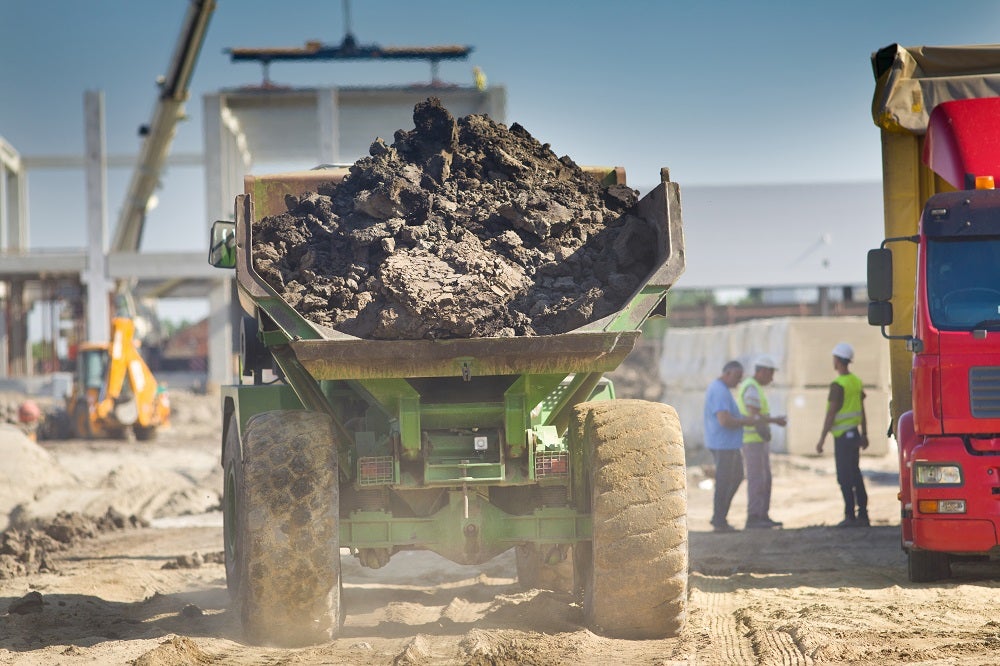
How does Texaco support customers with ongoing maintenance?
An important string to our bow is Texaco’s oil analysis program, LubeWatch. It is much more important to analyze oil used in off-road applications than in some on-road applications due to the harsh conditions in which off-road equipment operates. oil analysis an effective solution because it is cheaper than stopping the operation.
It is also a simple practice. Our customers send us a sample of an oil that has been working for 250 hours, then we analyze it and report its quality. If it works well, our customers benefit from huge savings because they didn’t have to stop their operation. If not, they will know how to change the oil immediately.
In off-road applications, drain intervals are not particularly long. Trucks used in the mining sector have the shortest intervals because they operate in a very dusty environment, and may be required to operate in an area where fuel sulfur is relatively high.
Another example of how important environmental factors can be was highlighted in a recent training course I organized in Morocco. I was discussing how drainage intervals on roads in Europe can be as long as 150,000 kilometers when one of the participants informed me that in Morocco they would consider a drainage interval of 10,000 kilometers a success due to the large amount of sand. Near. Although the oil still works in these cases, so much sand is carried aboard that the oil must be removed to remove it.
Our mining customers also need to consider their air compressors. In underground mining, it is essential to maintain air levels within the mine, and much of the equipment uses compressed air. This needs to be carefully monitored and therefore good compressor oil is essential, as is the need to monitor its effectiveness.
Have rising fuel costs made a big difference to the behavior of fleet operators?
Yes they have. For example, some operators have started using lower viscosity grades. Texaco Delo 600 ADF has proven to be an effective solution for these operators as it offers less back pressure from the DPF. When back pressure occurs, it causes more regenerations to occur, forcing the engine to use more fuel. So as our customers have been changing their methods, we have the right products to support them.
What is the timetable for further electrification of the sector?
Electrification is underway in off-highway applications, with investment pouring into industry. One of the challenges of electrification in the off-road sector is the supply of electricity in remote locations. Currently there are not many options when it comes to producing energy. One method that operators have recently implemented is the use of a self-contained gas engine. However, using an internal combustion engine to create electricity defeats the purpose of the transition to electrification, so this reflects the current state; there is still a way to go before a solution is found.
Some OEMs are beginning to consider hydrogen as an alternative to electrification. These manufacturers have been developing industrial hydrogen combustion engines and even hydrogen fuel cells. OEMs are investing heavily in developing these solutions, especially for low- and mid-sized equipment. An industrial hydrogen engine is cheaper than a fuel cell, an electric vehicle, and even a battery electric vehicle, so an industrial hydrogen combustion engine may work well in off-road applications .


